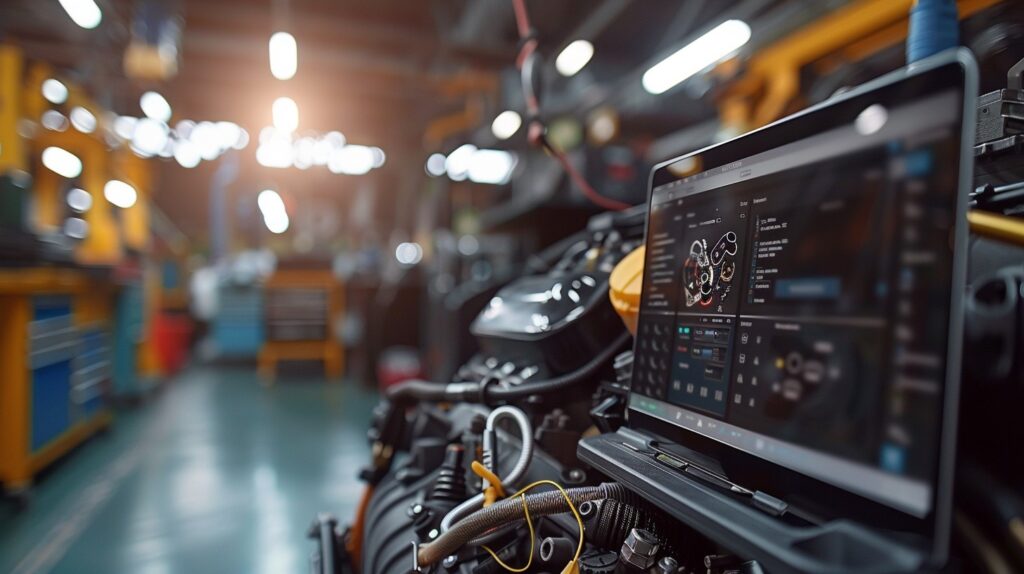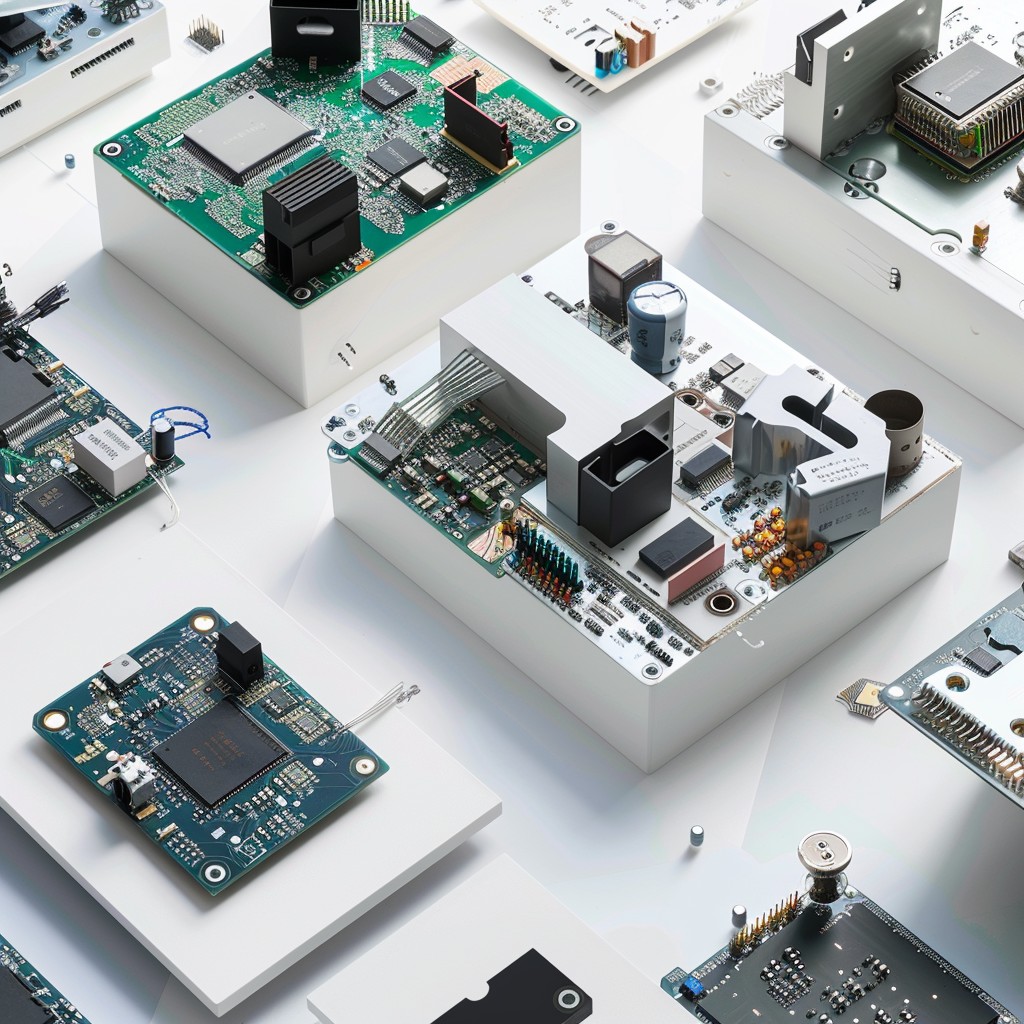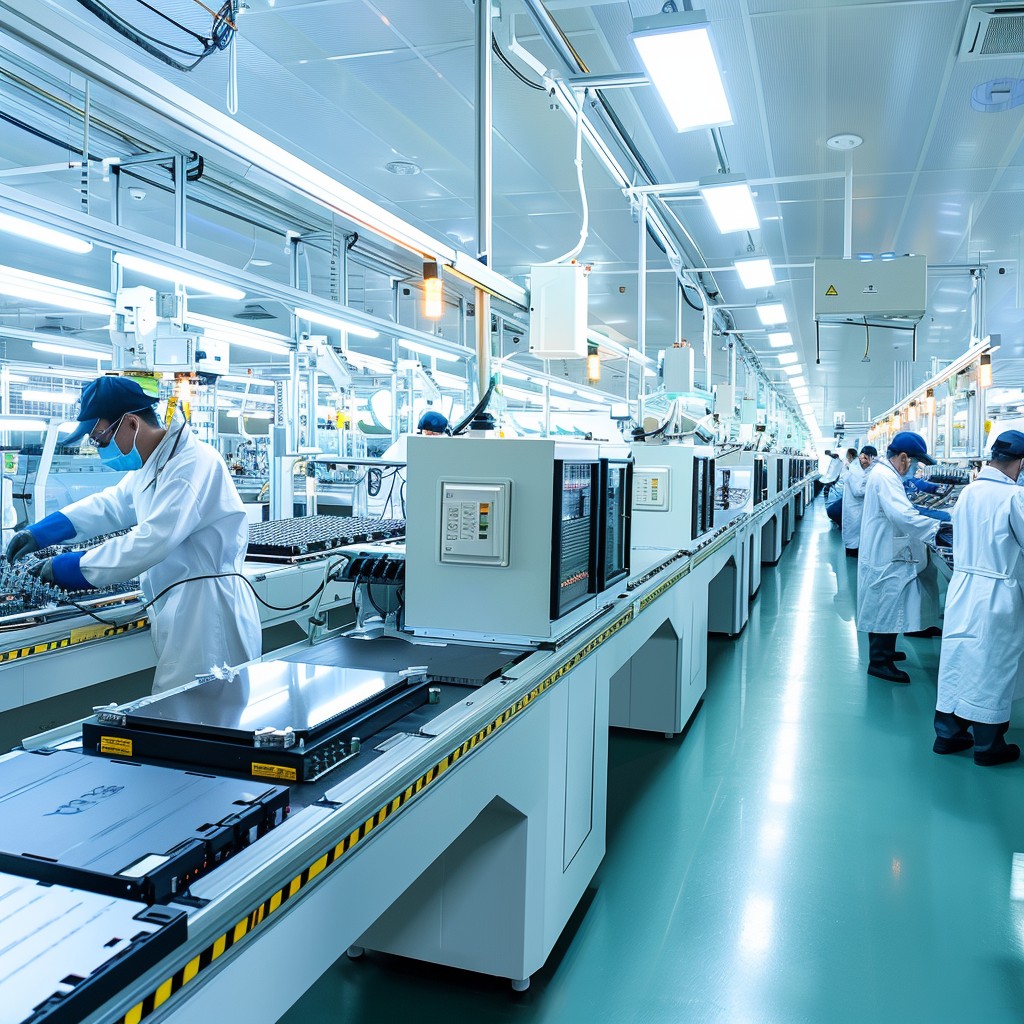Hardware Marathon: Installment 8
This post is the eighth in the series, “The Hardware Marathon”. In this series, I discuss the process involved in developing a hardware product from concept to production.
Our runner made it through the wall but hasn’t crossed the finish line yet. The last few miles of the marathon are exhausting. It is time for a quick pace check-in and acknowledge all the training has led up to the this point. Gathering energy, our runner steps up the pace as mile 23 has begun.

don’t wait or it’s too late
The transition into production (via Pilot) can be as complex as the product itself. Up to this point the development has focused on bringing something into the world that has never existed. In Pilot, you are creating a series of processes that have never existed together before. Since both the product and the specific way the product is manufactured are new, there is a lot of learning that needs to take place.
“From Beta to Pilot, you are transitioning from building a few with skilled labor to building a lot with unskilled labor. What was happening internally, will happen externally. Contract Manufacturers have business processes for how to do this transition and will help walk you through it”.
Unlike the other phases, preparation for this phase begins long before it starts. In some ways, much like our runner trained for months (or years) before the race, preparation for Pilot begins during Alpha, if not earlier. Considering how the product will be manufactured has already been discussed in earlier blogs and this is the phase where pre-planning pays off.
CAUTION: Don’t wait until Pilot to begin designing the product to be manufactured. This problem is exacerbated by the ease and availability of 3D printing and quick turn prototyping. These are extremely useful tools during development, but once the product is ready for manufacturing it needs to be completely redesigned for the actual manufacturing processes that will be used to achieve unit price targets and scalability.

identifying good from bad
Developing a plan for testing the product in production is frequently overlooked during design, even for companies experienced in product development. It is important to consider how the product will be evaluated at every stage in the manufacturing process for the life of the product. This could be as a pass/fail fixture to verify critical dimensions or as complex as a test station to verify electrical functionality.
Key Insight: During the design phases it is important to consider how the product can be measured with common measurement tools to avoid expensive equipment or customized systems.
Developing a functional tester can be almost as complex as developing a new product with its own schedule, bill of materials, iterations, and validations, so waiting until Pilot to think about testing is far, far too late. Ideally, the production tester will be developed in parallel with the product once the product design parameters are established. It is good practice to have regular communication between the product and tester design teams.
Due to the potential complexity of the test station, don’t be tempted to avoid developing one. The risk of not testing your product before it ships to customers could significantly hurt your company’s reputation.
Key Insight: Your product will be tested. You can test it in the factory before shipping it to your customers or your customers will test your product. The real question is whether your brand can afford for your customers to find failures?

ready…set…build!
Just as our runner has been looking to the finish line, there is a lot of anticipation with the first production run: Pilot phase. Many people consider this first build the finish line, but at Zebulon Solutions, we don’t consider the product done until it is in stable and scalable manufacturing. Some of the activities that define Pilot and confirm the product is ready for production are:
- Locked Design – Any changes identified will either be done with added expense at the suppliers or likely delays to market release. Unless the feature or function is necessary for the product, Zebulon Solutions recommends pushing the change into the next revision of the product. In Pilot, the cost of making significant changes can be prohibitively expensive as the cost of making a change increases from concept to production.
- Change of Ownership – Engineering is transitioning away from owning the bulk of the tasks while manufacturing staff has more actions to transition into production. A successful transition involves a handshake of information between teams versus information being ‘thrown over the wall’ to the unsuspecting manufacturing team.
- Production Parts Ordered – Manufacturing personnel will order parts and sub-assemblies to support builds according to the production schedule based on orders. A watchful eye for parts with long lead times is needed to ensure all parts are available before Pilot begins.
CAUTION: Don’t assume that parts will be readily available when it’s time for Pilot. Parts that were fairly easy to obtain in small quantities for development suddenly have 12 week or 26 week lead times for the volumes that need to be ordered to support the Pilot build. It is an obvious statement, but until every part is received, manufacturing cannot start.
- Repeatable Processes – Semi-skilled or unskilled labor will start fabricating and/or assembling the product. Document the assembly process in assembly drawings, work instructions, and video, to help with transferring knowledge to the assemblers.
- Production Tooling Purchased – Most equipment and tools used specifically for your product will need to be purchased (and owned) by you. This can be very expensive if complex and non-standard assembly processes are used that require special tooling.
- Quality Standards Implemented – Documentation is created to clearly identify defective product. Inspections are implemented to ensure only good products are shipped.
- Develop Production Testers – For electronic products, the manufacturing line will need a means to test the product to ensure it meets the requirements before shipping.
Pilot phase inherently has some bumps and challenges to work through, but the difficulties can be multiplied if not every aspect of manufacturing the product is in place. This first build will reveal how ready your product is for manufacturing since statistical quantities are likely to be produced. If there are a large percentage of defects, this can indicate that the design is not ready for production.

product validation testing
In order to successfully complete Pilot, some or all of the tests from EVT and DVT need to be repeated to validate the production process. Production Validation Testing (PVT) evaluates the impact manufacturing process has on the product and verifies that the manufacturing process doesn’t introduce quality or reliability issues in the product.
In an ideal world, Pilot is only run once before production is started, but it is not uncommon to make minor changes to the process and need to reassess PVT. If there are known issues with the first Pilot build, it may be wise to conserve resources and PVT only after you feel confident about yields and the consistency of the manufacturing line.

what to expect in production
For the novice to manufacturing, it can feel like a foreign land, even when manufacturing domestically. There are new words and phrases. The processes are new and feel unfamiliar. Here are a few common practices in contract manufacturing that are frequently unexpected:
- The Contract Manufacturer (CM) will likely require a Purchase Order (PO) and a down payment for some or all the materials before any work will be done.
- The Pilot must be scheduled into the CM’s manufacturing line and there may be a queue; be sure to discuss lead time during the quotation process.
- During contract negotiation, the business development person is your main contact, but that will shift to a Project Manager after the PO is received. This individual is responsible for all aspects of your product and its manufacturing.
- Several months before the Pilot is scheduled, the CM will schedule a kick-off cal to make introductions to the key team members; you will meet many different members of the team, but the PM will be your primary point of contact.
- The CM will import your Bill of Materials (BOM) into their system. This BOM needs to include every part, consumable, and sub-assembly as well as the manufacturing, there will be a transition of people building the product from the floor technicians to the production floor team. This process can take several days or weeks depending on the complexity of manufacturing readiness of the product. The assembly instructions will be marked up for any changes or clarifications as it passes from one group to the next.
- There will be defective units from the Pilot build – do not be alarmed when a few bad products are made due to manufacturing variability. At Zebulon Solutions, we encourage each failure to be interrogated for cause as these failures can be indicative of design issues.
There are other standard practices in contract manufacturing that can seem unusual to those that haven’t worked with a CM before. It may be difficult to differentiate between what is typical and what is unique for your project.
“We help manage the CM with the expectation at some point, the customer will be managing the CM on their own. In all of these phases, we are mentoring our customer to be able to work with a manufacturer and know how to read between the lines, see the signs, and eliminate the risk”, said Teresa Neeley, Supply Chain Manager for Zebulon Solutions.
the finish Line is in Sight
Pilot phase feels like you are finally manufacturing product since multiple parts are being produced at a manufacturer. Just as our marathon runner hasn’t finished the race, you aren’t in stable and scalable manufacturing. The process is still being tweaked and assembly instructions clarified. The iterations taking place now are hopefully not related to the design of the product as much as how more efficiently and repeatably manufacture it. Production is right around the corner when all of the struggle will be worth it.
Revisiting our runner, the 25th mile has been completed. The pain of running for so long courses through the body. Every part hurts and there is so much tiredness, but with less than a couple of miles to go, the runner presses on. Stopping now would deem pointless all of the effort exerted so far.